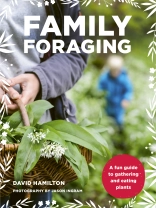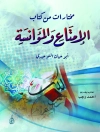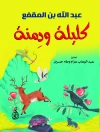From Darwin to David Attenborough, many naturalists built their careers on a curiosity which began in early childhood. However, in this digital age our children can all too easily become isolated from meaningful contact with both the natural world and the people around them. Foraging for wild food can help refocus them and a day gathering edible plants, picked in the wild, can be a great way to reconnect with family and nature.
With clear information, instructions and illustrations, this book looks at 30 edible plants commonly found in our parks, woodlands and hedgerows. It shows you how to identify them safely and gather them to make delicious recipes that are easy to create and tempting and nutritious for young children.
The plants are organized by season and there are scrumptious things to make throughout the year including puffball kebabs, sea beet huff-a-puffs, staghorn sumac lemonade, sweet potato & chestnut burgers, and hazelnut chocolate spread.
Once you’ve caught the foraging bug, you’ll soon be looking for chestnuts to roast, hazelnuts to crack, or the best wild apple trees. Foraging is for life!
Despre autor
David Hamilton has been growing his own food for over 17 years and foraging for wild food for a lot longer. He holds an Honours Degree in Nutrition and Food Science and a Diploma in Sustainable Horticulture. He has been teaching wild food since 2005 and his students have included TV’s Mary Berry, Ben Fogle, National Trust Wardens and members of the British Army. He has written three books: The Self-Sufficientish Bible (Hodder) which achieved national and international critical acclaim; the award-winning Grow your food for free; and Wild Ruins, an Amazon top 10 seller. Dave writes for a number of publications including Countryfile Magazine, Walk, Discover Britain, the Guardian and Gardener’s World Magazine.












